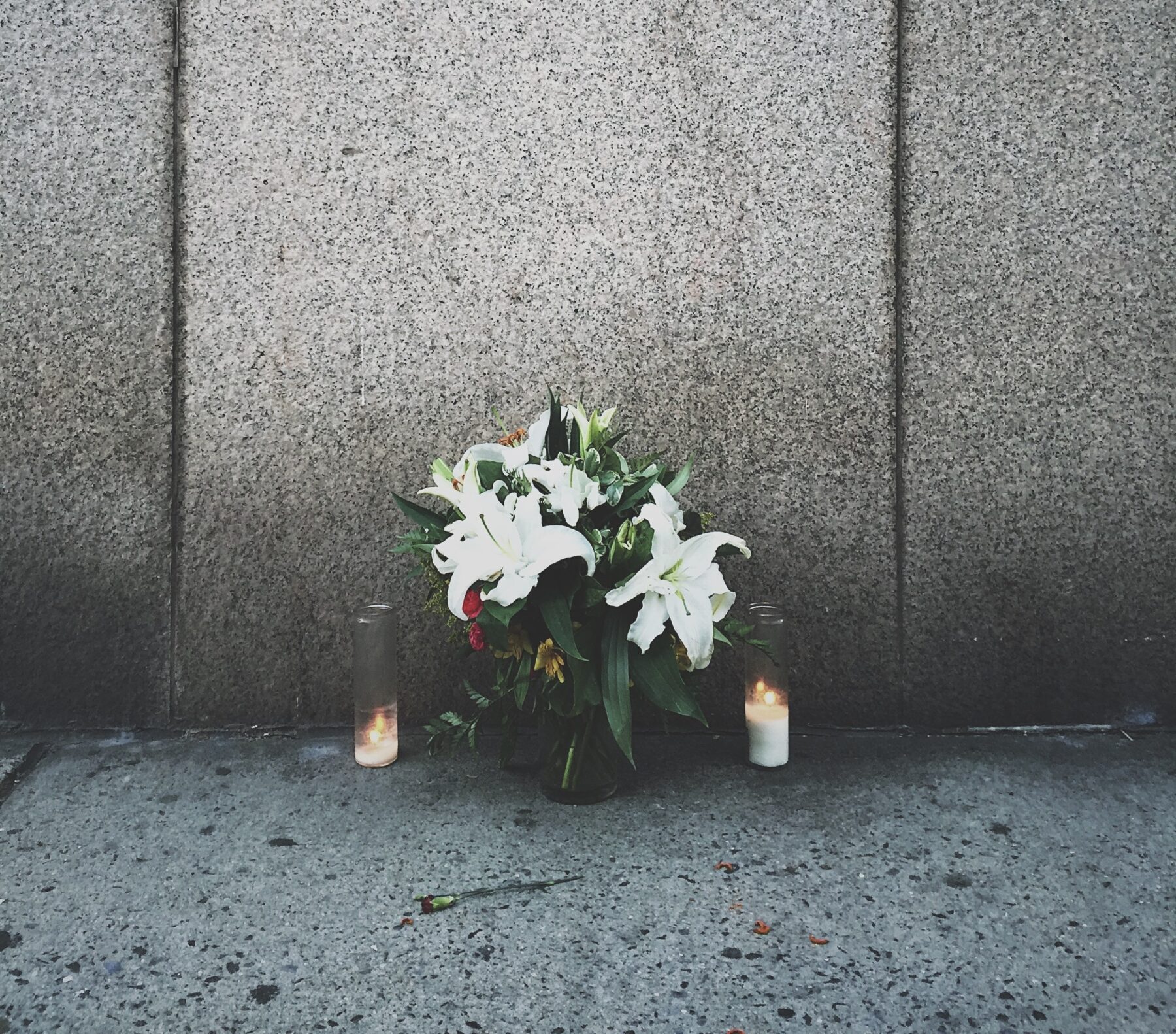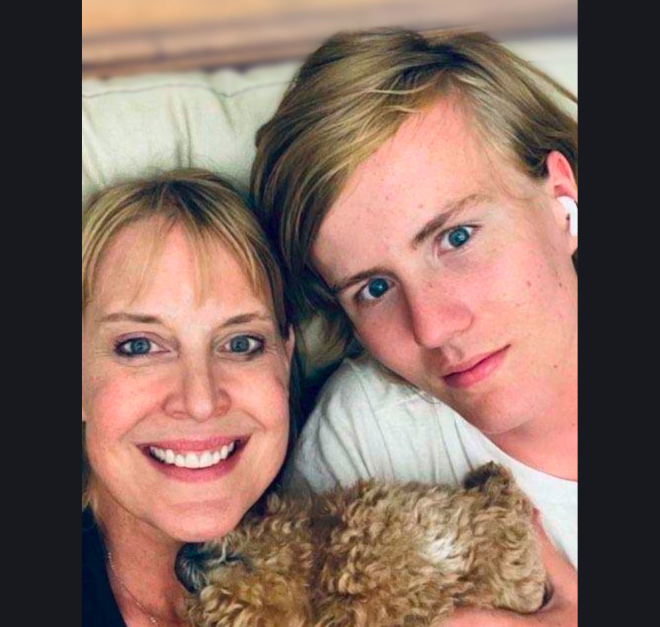When a prop revolver fired, killing cinematographer Halyna Hutchins on the set of the film “Rust,” it was not immediately clear why the gun contained a live bullet. While the Hutchins family recently agreed to a settlement in their wrongful death suit, the highly publicized tragedy underscored the importance of workplace safety.
Wrongful death cases arise when a person dies as the result of a wrongful act, neglect or fault of another person – which results in harm or damages to the victim’s survivors.
Unfortunately, the unreasonable or unlawful conduct of others results in the death of loved ones all too often. Whether due to the negligence of an individual, a defective product, corporate wrongdoing, or other misconduct, wrongful death suits are critical tools to hold wrongdoers accountable, uncovering key details of the event, deterring future bad acts, and compensating the victim’s family members. Here is a quick rundown of the basic elements of a wrongful death claim to help loved ones navigate the legal system and pursue accountability.
Elements of a Wrongful Death Suit
According to Washington state law, there are three basic elements to a wrongful death claim that a plaintiff must demonstrate to be entitled to relief: (1) that the defendant committed a wrongful act; (2) that the wrongful act proximately caused the death of another; and (3) the deceased has beneficiaries that suffered damages as a result of the death.
To begin, not all acts leading to the death of a loved one are “wrongful” under the law. In proving a defendant committed a wrongful act, the plaintiff must show that the defendant violated a duty owed to the person who was killed. The law imposes certain duties on individuals, businesses and corporations in many different situations, but not in every situation.
For example, it is well-established that a business owes a duty to its customers and employees to exercise reasonable care to protect them against unreasonably dangerous conditions on its premises. Washington state law also requires health care providers to provide treatment within the “accepted standard of care” – that is, the care and skill expected of a reasonably prudent health care provider in the same profession acting under similar circumstances. Conversely, we know that private citizens do not generally have a duty to protect others from harm that is beyond their control. In short, the law must recognize the duty that a plaintiff claims a defendant owed to the person who died.
However, it is not enough to simply show that the defendant owed a duty. The plaintiff must also show that defendant violated, breached or failed to comply with that duty. Unlike the existence of a duty, the violation of a duty depends on the unique facts of the case, and this issue is generally reserved for the factfinder (usually the jury) to decide. Sometimes, subject matter experts are called upon to explain how a defendant violated a duty because the case involves complex topics, such as medical malpractice cases or cases involving defective products. In one of our recent cases, the jury found that Alaska Airlines breached its duty to provide gate-to-gate transportation for an elderly, disabled passenger, resulting in fatal injuries when she fell down an escalator trying to navigate the airport on her own.
Next, the plaintiff must prove that the defendant’s violation of its duty (the wrongful conduct) caused the person’s death. In some cases, this can be relatively straightforward, like when a drunk driver swerves into oncoming traffic and kills another driver. In other cases, the cause can be more difficult to prove, such as in medical malpractice cases where the doctor acted negligently but claims the patient died from a preexisting medical condition beyond the doctor’s control. In the latter types of cases, expert testimony is usually necessary.
Finally, the person bringing the suit must establish that the beneficiaries of the person who died suffered damages. Under Washington state law, first-tier beneficiaries include spouses, state registered domestic partners, and children, including stepchildren. If those beneficiaries don’t exist, then the wrongful death action may be brought by second-tier beneficiaries, which include parents and siblings.
The economic damages available to each type of beneficiary are the same. Each type of beneficiary may recover the monetary value of goods and services that the person who died would have contributed to each beneficiary had they lived.
In contrast, the noneconomic damages available to a beneficiary depend on their relationship to the deceased. Spouses and domestic partners may recover “marital or domestic partner consortium” damages. This includes the loss of their loved one’s company, cooperation, help in the relationship, emotional support, love, affection, care and companionship. The remaining types of beneficiaries – children, parents or siblings – are entitled to noneconomic damages in the form of the loss of the deceased’s love, care, companionship and guidance. Ultimately, the jury or judge is tasked with determining the monetary value of these intangible, noneconomic losses.
Parents who have tragically lost a young child or an adult child who needed “significant involvement” in their life have alternative options to file a claim under the child injury or death statute, which allows compensation for the child’s health care expenses, loss of the child’s services and financial support, and other economic losses. It also entitles parents to recover “for the loss of love and companionship of the child, loss of the child’s emotional support, and for injury to or destruction of the parent-child relationship.”
There are many other factors to take into account, including laws protecting the rights of the person who died, and transferring those rights to beneficiaries.
Wrongful Death Lawsuits: Justice Beyond Compensation
While nothing can ease the trauma of losing someone important in our lives, the legal system uses financial compensation as a remedy – and a form of accountability. Wrongful death suits can provide more than just compensation. These suits are an opportunity to advocate for improved safety precautions, raise awareness of corporate wrongdoing, and deter bad actors from engaging in similar unlawful behavior in the future.
Indeed, we have seen wrongful death suits curb dangerous practices and lead to improved safety. Following our team’s wrongful death case involving the 1999 Whatcom Creek gas pipeline explosion, which killed two children and one adult, regulatory changes were made to increase pipeline safety protocols in Washington state.
Similarly, we represented the family of a local nurse after she was killed when a suspect crashed into her car while fleeing from the Bothell police. Our advocacy around the family’s tragic and needless loss helped raise awareness about the police department’s pursuit policy, eventually leading to stricter regulations and training requirements.
We’re Here to Help
If you have lost a loved one due to negligence or other misconduct, reach out to an attorney to learn more. At Luvera Law Firm, we’ll review the details of your potential case to see if we might be a good fit for free. You can contact our award-winning team of attorneys by filling out this form or giving us a call at (206) 467-6090.






